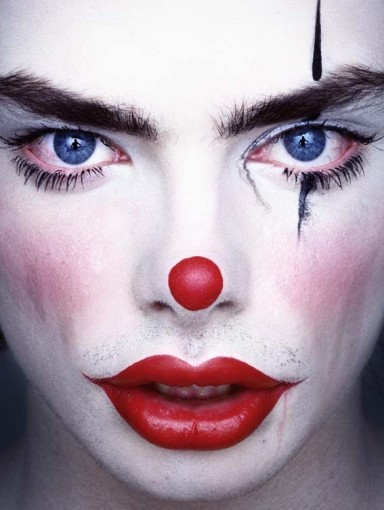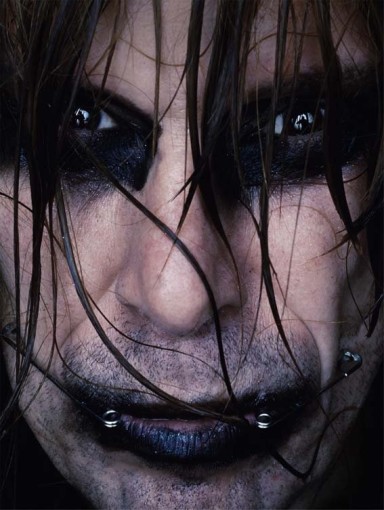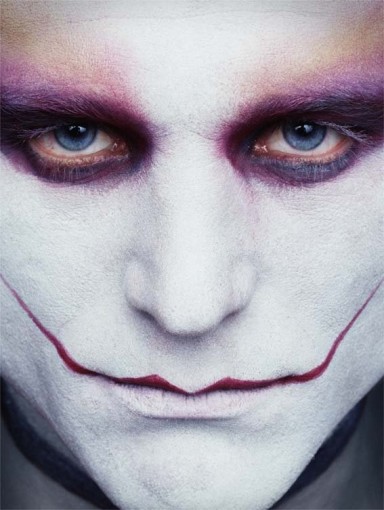The ‘Paradise’ series was taken as an ode to Amsterdam’s most renowned nightclub Club Paradiso. The shoot took place at the club’s New Year’s Eve party in 2000 which was circus themed. In these celebratory and extravagant images, Olaf chose to play along with the fantasy that comes from a night of festivities and photograph different sections of the club.
The portraits feature close-up shots of individual night club goers. By focusing solely on their faces, Olaf manages to break the illusion of indulgence and mystique that features in the series. The individuals’ facial expressions range from exaggerated smiles to screams, with sweaty or tearful faces and sometimes consternation. In displaying the aftermath of the wild night, Olaf simultaneously breaks and creates the illusion of joy and exhilaration, leading the onlooker to question what is real and what is not.


















